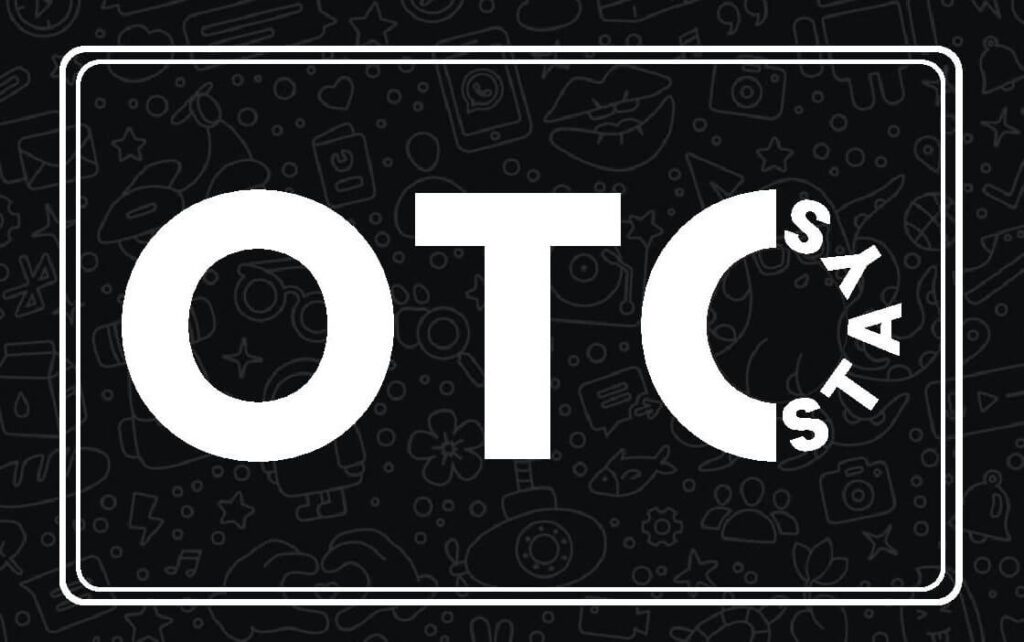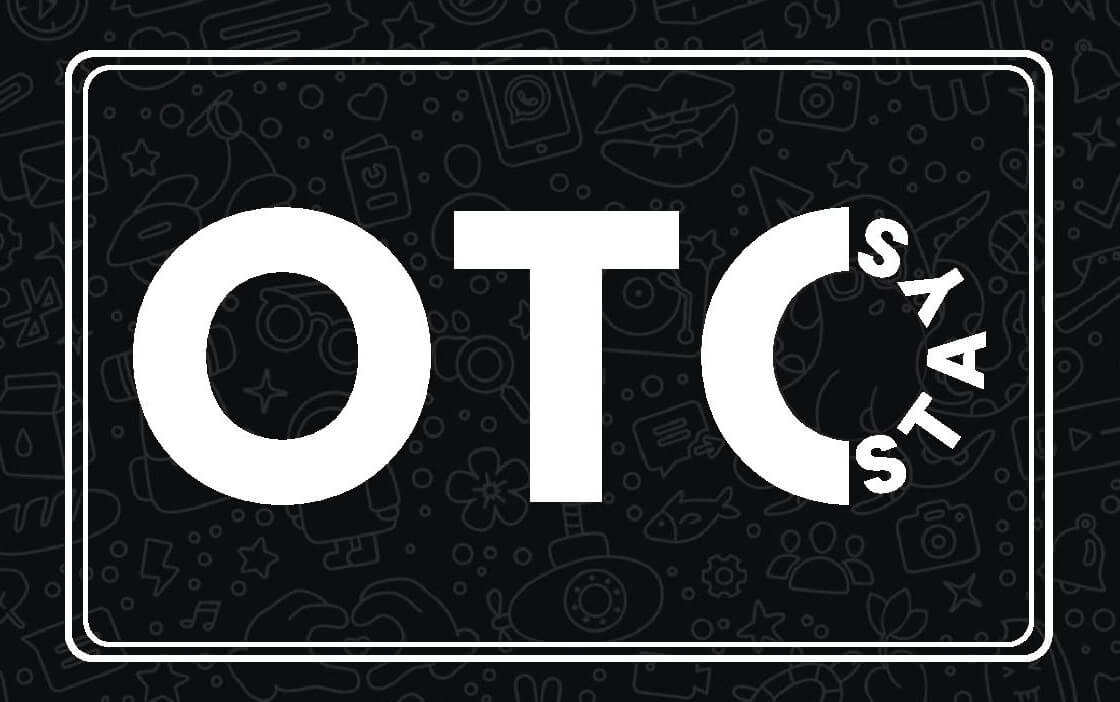
Five Reasons To Join An Online Adhd Assessment In Adults And 5 Reasons Why You Shouldn’t
ADHD Assessment For Adults
If you’re considering an ADHD assessment for an adult there are a variety of tests you can take. They include the Conners Adult ADHD Self Report Scale and the BADDS for Adults. Also, you should look at the CADDRA form as well as the TOVA test for adults.
Conners Adult ADHD Self-Report Scale
The Conners Adult private adhd assessment Self-Report Scale (ASRS) is an instrument used to screen people who are used to measure adhd assessment test for adults symptoms in adults. It includes nine items that assess hyperactivity, impulsiveness and attention deficit.
While it is free to use, the self-report questionnaire isn’t the only instrument that can be used to determine adult ADHD. Healthcare professionals can employ different rating scales for diagnosing ADHD. Some of them are based on the DSM-IV criteria for the disorder, whereas others have been developed by the World Health Organization (WHO).
Rating scales can be used to identify between disorders that have similar symptoms. A score of 60 or more indicates the patient has ADHD. There are also checklists that can be used to gather details about the patient’s health background.
The most commonly used rating scale for adults is the Conners Abbreviated Symptom Questionnaire. The self-report scale may be used to assess ADHD. It is simple to use and accurate. Teachers and parents can also take advantage of a smaller version of this scale.
The NICHQ Vanderbilt Assess Scale Diagnostic Rating Score Scale is yet another assessment tool that can be used to determine the disorder. These tools have been used in studies and have been discovered to have high discrimination. To be considered for the disorder, the individual must score at least four on at least two questions on the scale.
The Weiss ADHD Comorbid Screen is another screening tool designed to detect comorbid disorders. If the score is 2 or higher this means that the respondent suffers from ADHD as well as another psychiatric disorder.
Other rating scales are utilized to measure hyperactivity and impulsiveness. These scales can be used to differentiate ADHD from other conditions , but there is not much information on their efficacy in treating the disorder. They can help to identify possible co-morbidities.
In 2006, at least one psychiatric co-morbidity was noted in around 70 percent of adult patients diagnosed with ADHD. It is essential to identify if there are comorbidities.
Adults: Brown Attention-Deficit disorder symptoms assessment Scale (BADDS).
The Brown Attention-Deficit disorder Symptom Assessment Scale is used to assess symptoms of ADHD and related affective impairments. It is self-report assessment tool that assesses 40 items. This assessment tool is helpful for identifying and diagnosing ADD and in measuring the effects of ADHD medication.
There are numerous rating scales that can be used by adults suffering from ADHD. These include the Adult Attention Deficit Disorder Rating Scale the Behavior Rating Inventory of Executive Function, the Adult ADHD Self-Report Scale v1.1 Screening for Symptoms, and the Adult Attention Deficit Disorder Evaluation Scale.
These assessment tools are often employed in the clinical evaluation of ADHD. They are also used in schools, and in research trials for ADHD treatment.
BADDS is a validated self-report questionnaire. Total scores are compared to gender-based norms and age-based norms. BADDS can be divided into five groups that each contain items that are conceptually connected.
The BADDS42 is among the most well-known Brown EF/A scalars. It also has an area for corroborative ratings. Other scales that are comparable to the BADDS include the Adult ADHD Self-Report Scale, the Behavior Assessment System for Children, and the Conners Rating Scale.
These assessments are usually performed by a physician and may include self-report. The examiner will ask the patient about a variety problems during the assessment. For example, the evaluator may inquire about hyperactivity restlessness, impatience, and adhd assessment test for adults memory issues.
Adults suffering from ADHD can rate their symptoms on a scale from one to many, or every other day. These tests are intended to assess the frequency and severity of symptoms in relation to situational variability.
Another assessment tool for adult ADHD is the Behavior Rating Inventory of Executive Function or BFIS52. This self-report test measures impairments in the areas of thinking, concentration, and emotional regulation. BFIS52 is also an observer-report type.
The BADDS and BFIS52 can be used to measure the symptoms of ADD in children and adolescents. They are founded on the six cluster model of executive functions devised by Dr. Thomas E. Brown, and are designed to provide complete assessments of ADHD symptoms.
CADDRA forms
CADDRA forms for adults were created to be used as a diagnostic tool for primary healthcare providers. The form asks questions regarding the patient’s performance in various situations.
This test asks you about the effects of hyperactivity and impulsivity, as well as how you can focus and adhd assessment test for Adults unwind. Adults should be seeking out signs that first appeared in childhood, such attention problems or hyperactivity. They might also want to look for comorbid conditions. These include ADHD, depression, anxiety bipolar disorder, and obsessive compulsive disorders.
ADHD symptoms can impact the relationships of a person, as well as workplace and academic relationships as well as relationships with family members and their friends. This condition can be managed with medication. Ritalin and other stimulant drugs are commonly used. However, these drugs can cause negative effects, including the increased risk of suicidal thoughts.
 A variety of doctors have a specialization in private adult adhd assessment ADHD. This includes pediatrics, family medicine and psychoiatry for children and adolescents.
A variety of doctors have a specialization in private adult adhd assessment ADHD. This includes pediatrics, family medicine and psychoiatry for children and adolescents.
It may be challenging for adults to find a qualified practitioner. But, many have found that counseling can help them recognize and address problematic behavior. It is also essential to seek an opinion from a third party.
Many adults suffering from ADHD do not realize they suffer from it until it’s late. They may be unsure of how ADHD affects their lives. Fortunately, there are resources that can provide the answers you require.
Patients suffering from ADHD may be asked to complete several forms depending on the evaluation of the doctor. They will be asked to fill out a questionnaire, a checklist, and an assessment form. All of these must be reviewed by an experienced medical professional.
Rating scales are a way to get a more complete assessment of a patient’s symptoms. These scales ask the subject to rate their behavior on an 0-3, or 4. Some scales only have a few items, while others can contain more than 100 items.
Parents can also have their children complete SNAP forms, which require their children to share their symptoms. Teachers can also write an essay about their child’s behavior.
When you have a clear understanding of your child’s issues, it is time to begin treatment. This may involve a combination of pharmacological and non-pharmacological therapies.
TOVA test
The Test of Variable Attention is a neuropsychological test to screen for attention deficit disorder. The test examines the fundamental aspects of inhibition control, including speed of response, response time, and vigilance.
A TOVA score can be divided into two halves: target frequent and target infrequent. A TOVA score is considered significantly deviant if it’s 1.33 standard deviations lower than the normal range. In an TOVA patient, the patient has to respond to specific targets by activating a micro switch.
A certified psychometric technician administers the test in complete blindness to the results. The subjects are presented with a variety of geometric stimuli. The targets are displayed at an inverse ratio of 1:3.5. When multiple targets are presented the subject has to activate the micro switch for every target.
Participants are typically male and Caucasian. Results are presented in numeric tables and infographics. They can also be compared with the results of subjects suffering from ADHD.
FDA-cleared, the TOVA has been used in a variety of clinical situations. It is often used conjunction with a clinical interview. It is also commonly used in New York City as part of a typical cognitive test battery.
A TOVA-A test takes about 21.6 minutes. Patients are informed that their results will be kept confidential. The results are scrutinized by a mental health expert.
While the TOVA may be a useful screening tool, it is not a conclusive diagnosis. It is possible for a test to fail to provide the most accurate information. The TOVA’s error scale could be linked to omission errors or overly anticipatory responses.
While the TOVA test is a helpful diagnostic tool, it should not be the only method used to determine ADHD. It is important to take other steps to get an accurate picture. For instance an exhaustive review of the patient’s history and current symptoms.
A reliable diagnosis of ADHD requires extensive knowledge of the patient’s background along with family history and the context of the symptom’s appearance. It may take several hours to assess the patient’s circumstances.
To prevent this from happening, it is essential to consult with an experienced healthcare professional. The patient’s health history should include any symptoms that last for at minimum six months. These symptoms should be present at an insufficient level of development that affects social and academic functioning.
